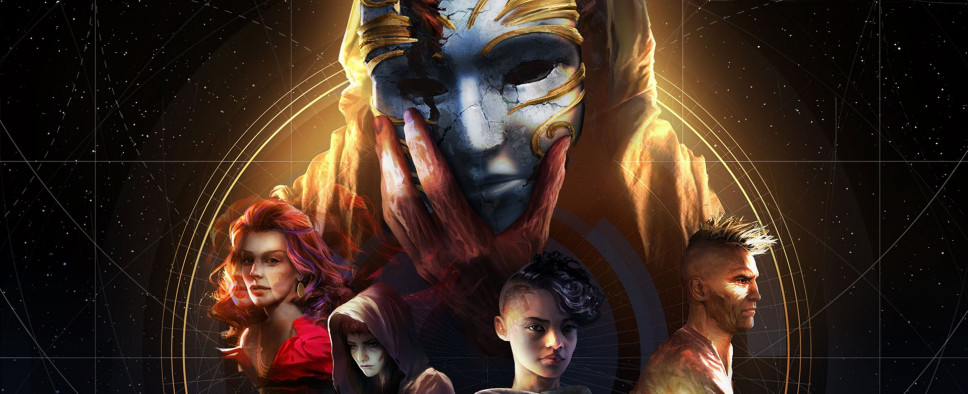Torment: Tides of Numenera Interviews
-
Category: News ArchiveHits: 2308

Several members of the inXile Entertainment team are busy showcasing Torment: Tides of Numenera at Gamescom this weekend, and that's led to a few new interviews with company founder Brian Fargo and creative lead Colin McComb. First up are two video interviews with Brian on Rocket Beans TV and Orkenspalter TV:
And then we stop by Fextralife for a transcripted Q&A with Colin:
FL: So what about the game is different from its predecessor and what is similar?
Colin: We’re trying to ask similar deep philosophical questions. We don’t want people to feel something like they’re just hacking and slashing their way through the world. We want people to feel that they’re being challenged intellectually. That they’re not just “Oh, hooray I’m just running through this game so I can see the next area.” We want people to feel like they’re being pulled into this world and this world is teasing the story out of them. How it’s different is that Planescape had the weight of 30 years of development behind it, starting from D&D First Edition, then there was Jeff Grubb’s Manual of the Planes, then Monte Cook’s Planescape setting, so there was a lot of history to build on there. Numenera is more of a physical based world, there’s still a lot of exploration to do there but it’s a new history for us.
FL: Describe the Last Castoff and how you envision him/her.
Colin: The Last Castoff is essentially the last known body the Changing God has used before the Sorrow attack on his biological moon. I wanted the Last Castoff to basically go through a life cycle falling from the sky, enshrouded in a cocoon, that’s a essentially a call for your birth. You’re falling through the sky, you wake up in your own mind, you’re building yourself and then you wake up in the real world and the choices you make as you go through turn you into a more and more complete person as you progress through the game and the world itself changes as you do that. For instance in the first area it’s all brightly colored, and loud and noisy and then in the next area it’s an adolescent thing and you turn in on yourself and you start to understand the reality of death and then you enter adulthood where you are suddenly taking charge of your own life and you’re figuring out how you’re standing against the forces that oppose you, so it’s a thematic journey from birth to death.

